Do Lifting Straps Make You Stronger? Here’s What Science Says
You’ve probably seen lifters strapping in for heavy snatches, pulls or high-volume sets - or maybe you’ve heard someone say, “Don’t use straps, they make you weak!” So, what’s the truth? Are lifting straps a game-changing tool or just a crutch for lazy grip work?
The debate around straps is as old as weightlifting itself. For some, they’re essential for heavy pulls and fatigue-free volume. For others, they’re “cheating.”
But here’s the better question: Do lifting straps actually change how your body lifts the bar? Thanks to a recent study "The use of lifting straps during snatch
alters muscle activation patterns” by Sergio A. Lemus, Mallory Volz, Cheng-Bang Chen, Bryan J. Mann and Francesco Travascio, we finally have some science-backed answers.
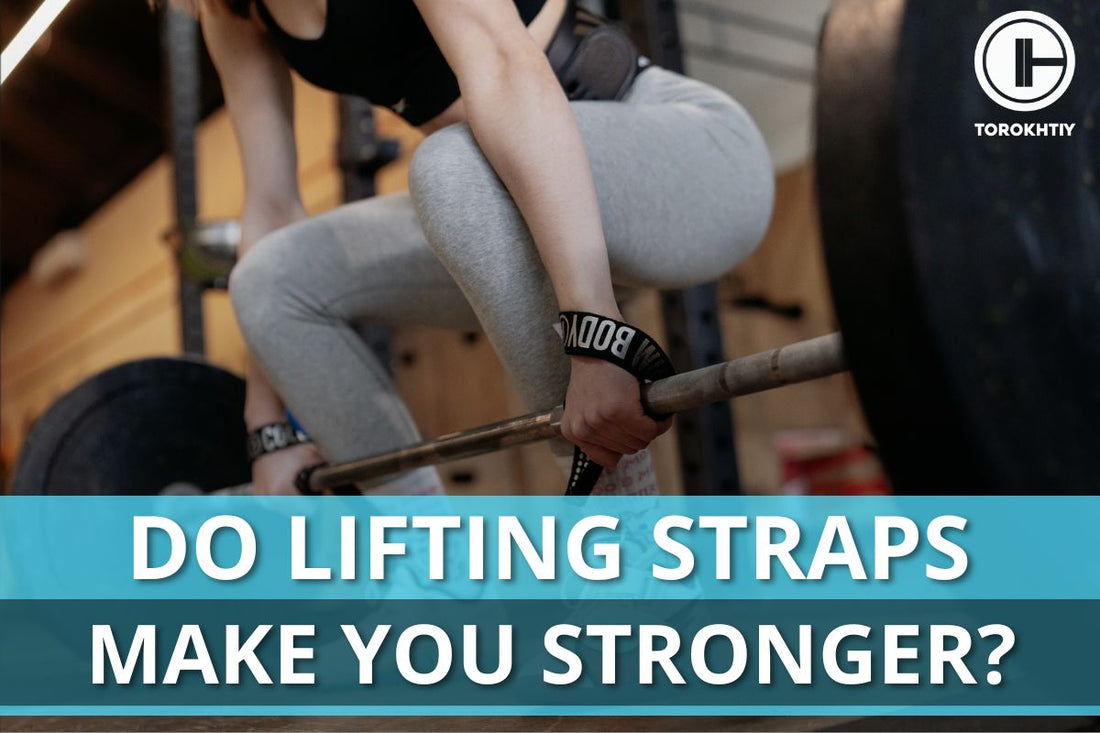
STRAPS 101: What They Do (and Don’t Do)
1. What are lifting straps?
They’re simple pieces of material - often cotton, leather or nylon - that wrap around your wrist and the barbell, taking some of the grip strain off your forearms.
You’ll find different designs:
- Lasso straps – most versatile for fitness & basic strength training.
- Figure-8 straps – popular in deadlifts and strongman.
- Closed loop – best for Olympic Weightlifting: quick to hook on and off.
Olympic Straps
WBCM V1 Lifting Wrist Straps
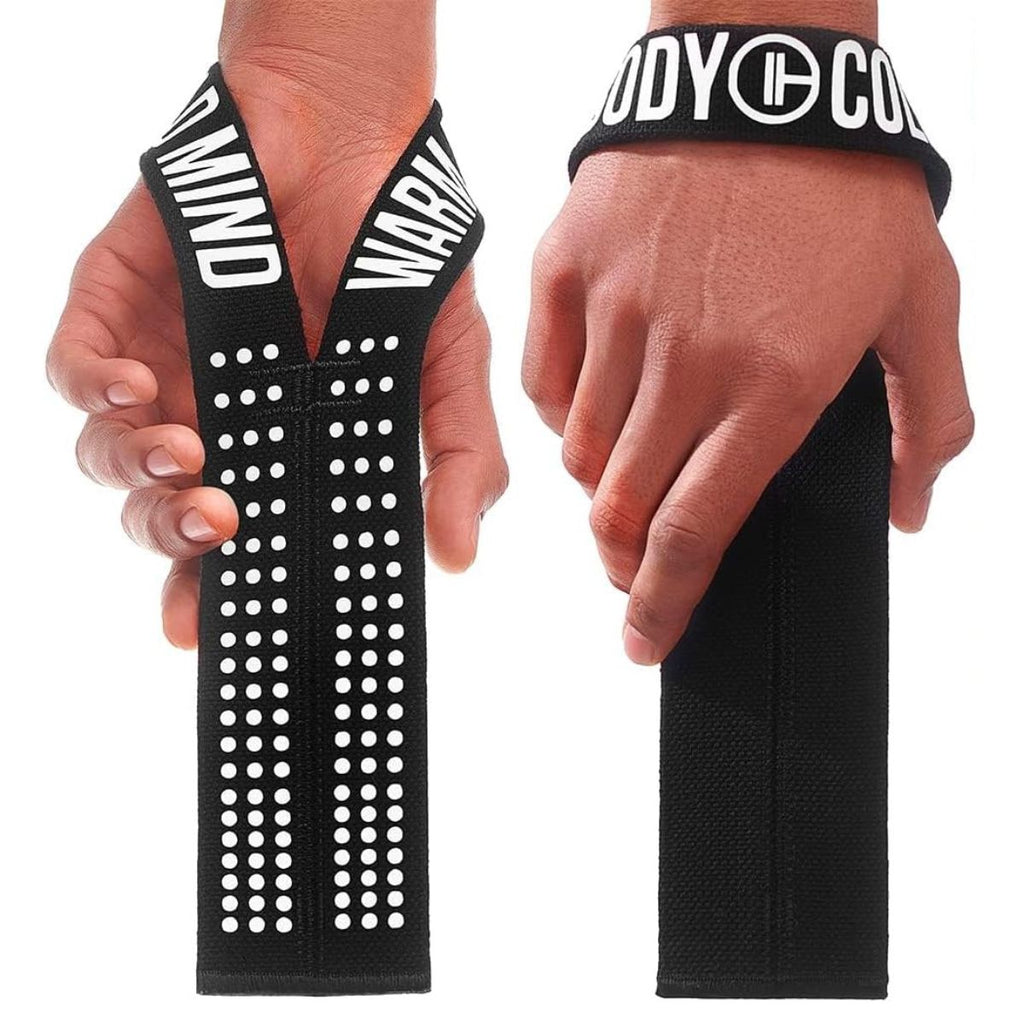
- Type: Olympic
- Size: One size
- Length: 13″
- Width: 2.5″
- Material: 100% cotton (canvas), rubber print
- Padding: No
- Weight capacity: 300 kg (660+ lbs)
- Colors: Black/White, Black/Red, Blue, Orange, Yellow, Green, Red and various combinations
- Features: Dual reinforced stitching, Left/Right hand labels, sweat-absorbing, soft on skin
2. What are they for?
Grip fatigue: When your hands are done, but your legs and back still have gas left, straps keep you in the game.
Bar control: They help maintain secure contact during pulls or high-rep snatch drills.
Recovery: Great for athletes dealing with hand or wrist injuries.
3. Common myths to bust:
“Straps make your grip weak.” No - over-relying on them without grip work can be an issue, but they don’t magically erase your strength.
“Real lifters don’t use straps.” Tell that to Olympic champions who use them every week in training.
The truth: You can’t use them on the competition platform, but as a training tool, straps are like belts, chalk or lifting shoes - smart gear when used right.
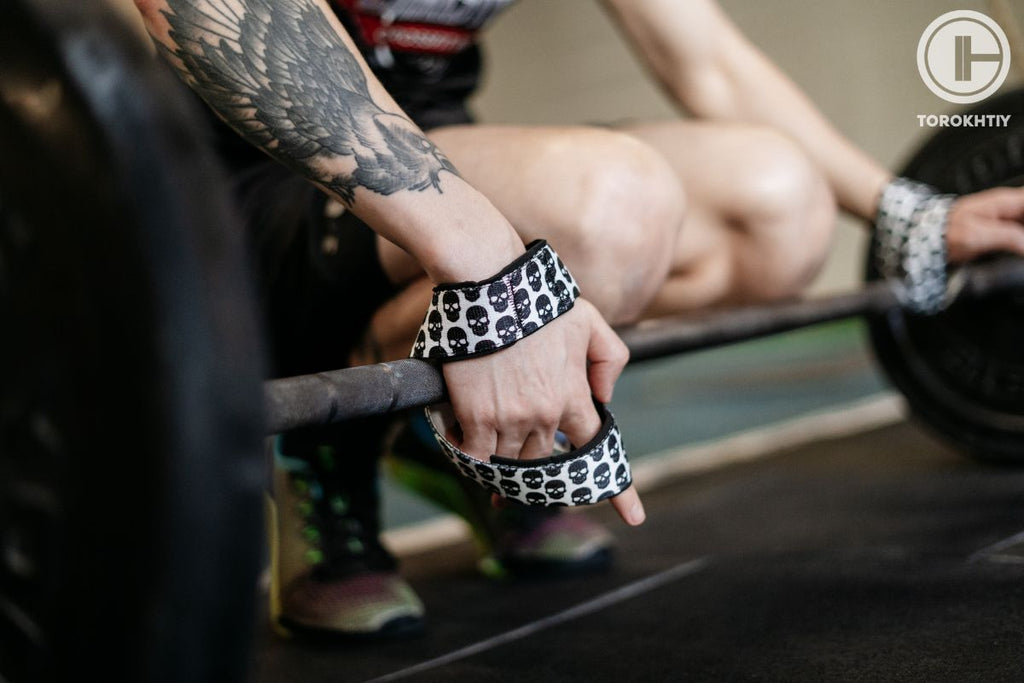
The Study: What Lemus Et Al. Did
In 2025, Sergio Lemus from MOTION Science Institute at the University of North Carolina and colleagues decided to take a closer look at what lifting straps actually do during the snatch - not just for grip, but for muscle activation.
Here’s what they did (in simple terms):
- 12 trained male lifters performed snatches at 80% of their 1RM.
- They did two sets: one with straps, one without straps.
- 8 major muscles were monitored using EMG (electromyography) - think of it as a “muscle activity detector” for the forearms, shoulders, back and legs.
- Each phase of the snatch (pull, power position, catch, etc.) was analyzed to see which muscles worked harder or less when straps were involved.
The researchers wanted to see if straps simply save your grip or if they shift the workload to the big muscle groups that actually move the bar.
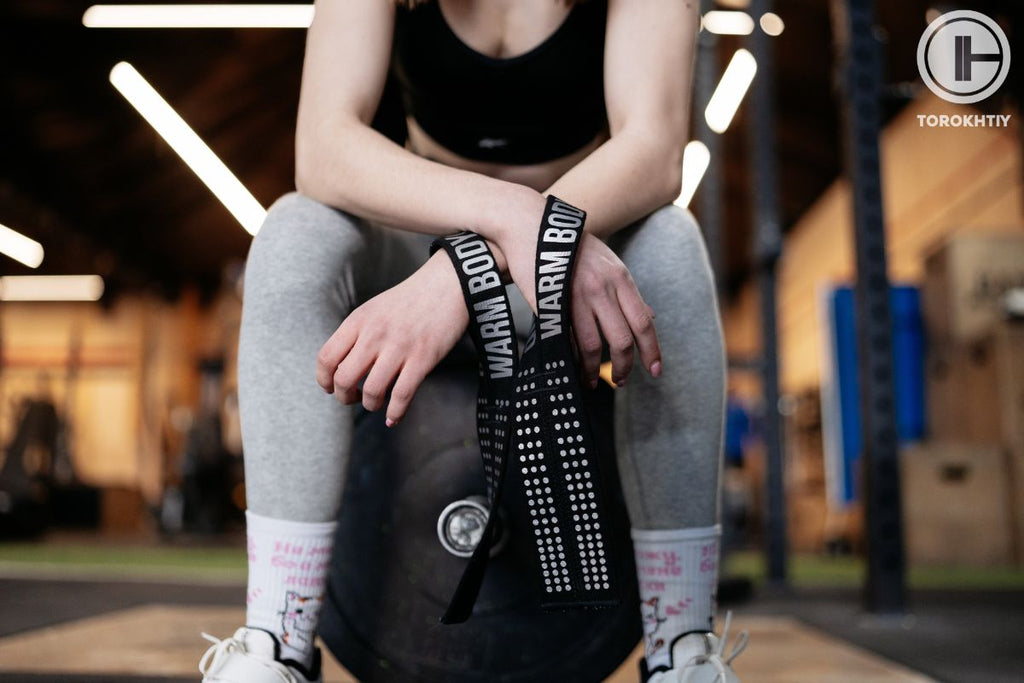
Key Findings: Who Works More, Who Works Less?
Here’s the short version: Straps don’t just save your grip. They actually redistribute the workload - less strain on small muscles, more firepower from the big ones.
1. Muscles That Worked LESS:
- Forearm flexors: -16% during the first pull.
- Biceps brachii: -8% overall.
2. Muscles That Worked MORE:
- Latissimus dorsi (upper back): +17% overall — with a massive +37% boost during the scoop phase.
- Vastus lateralis (quads): +13% overall — spiking up to +40% in the second pull.
- Medial deltoid (shoulders): +12.7% increase.
3. What does this mean?
By reducing the “grip fight,” straps let your legs, back and shoulders produce more power and speed through the bar path - the muscles that really matter for snatching big weights.
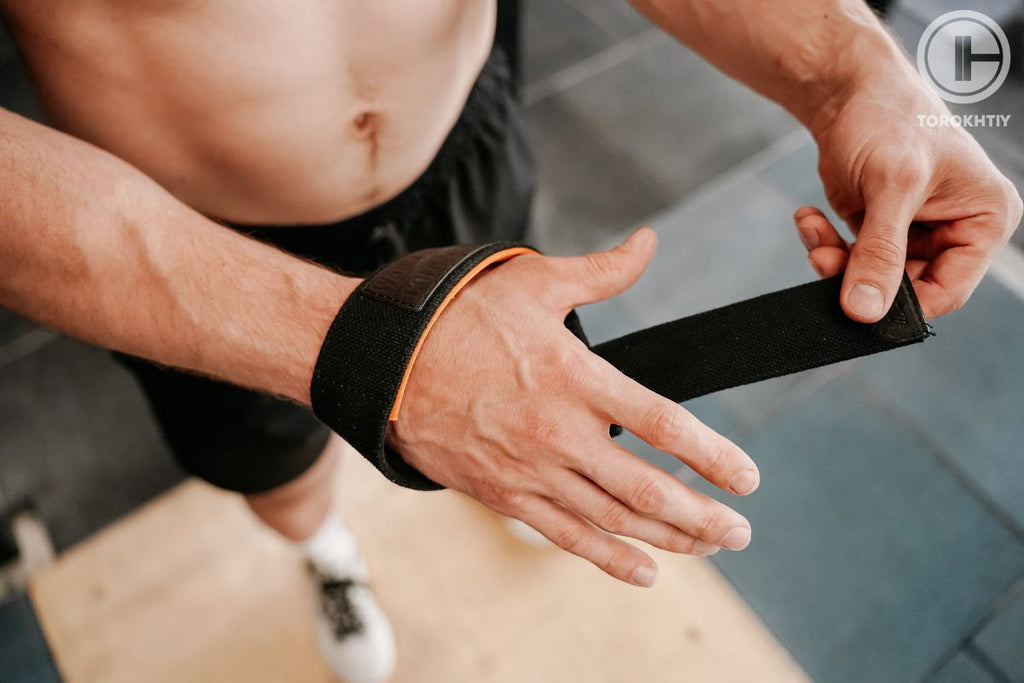
What This Means For You (Coach Or Athlete)
1. For Weightlifters:
1. Use straps for heavy pulls, snatch deadlifts and high-volume snatch work.
2. Perfect for technical days when you want to focus on speed and bar path without tearing your hands apart.
3. Great tool for athletes coming back from wrist or forearm injuries.
2. For Coaches:
1. Program straps on high-volume weeks or in strength-building phases.
2. Avoid them during the last 3–4 weeks before competition to ensure grip strength and hook grip endurance.
3. Teach proper wrapping - bad strap technique can mess up turnover speed.
What NOT to Do:
Don’t use straps as an excuse for weak grip training.
Don’t overuse them on every single warm-up set.
Don’t ignore technical breakdowns - straps don’t fix bar path issues.
Conclusion: Straps Aren’t Cheating
Using straps doesn’t make you less of a lifter - it makes you a smarter one. By offloading your grip at the right times, you let your quads, shoulders, and back do the work they’re meant to do. Just like belts, lifting shoes or knee sleeves, straps are a tool - and now we have hard data to prove their value.
Ready to see for yourself?
Next time you’re pulling at 90%+, strap in and feel how much more controlled, powerful and efficient your lift feels. And if you already have a favorite lift where straps are a game-changer, drop it in the comments!
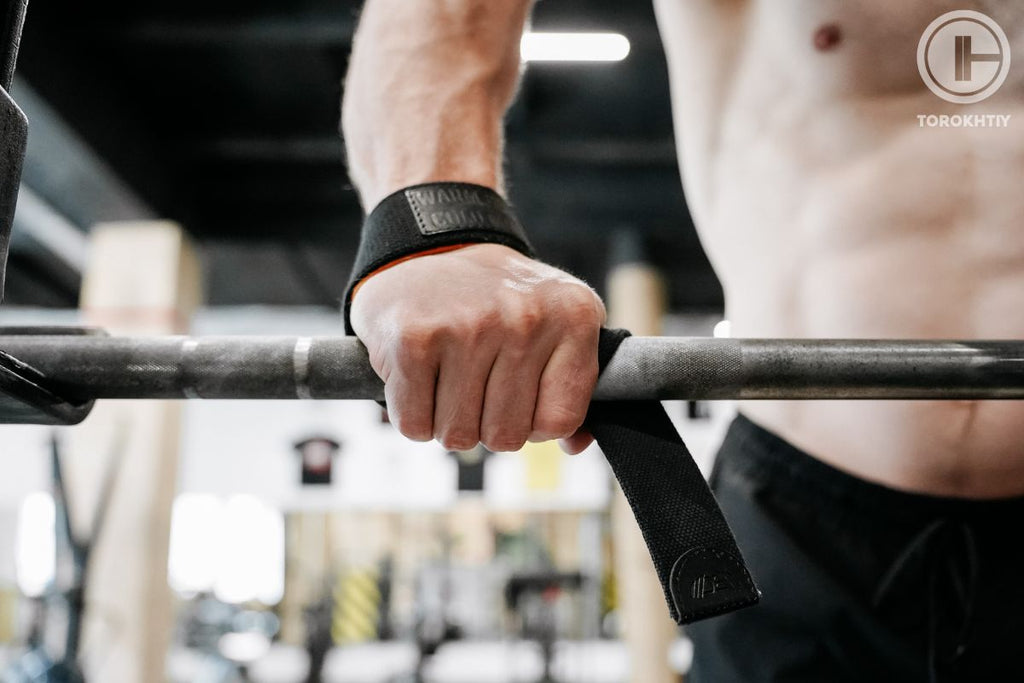
Why Trust Us?
With over 20 years in Olympic Weightlifting, our team does its best to provide the audience with ultimate support and meet the needs and requirements of advanced athletes and professional lifters, as well as people who strive to open new opportunities and develop their physical capabilities with us.
All products we select are primarily approved and tested by the Olympic Weightlifting Champion Oleksii Torokhtiy. Under his guidance, we provide honest and reasonable assessments of the products we review by checking their characteristics, packaging, design, comfort and durability features, and general product rating. We select products from only high-quality and trusted sports brands, thus vouching for their quality.
The product testing process is described in more detail here

